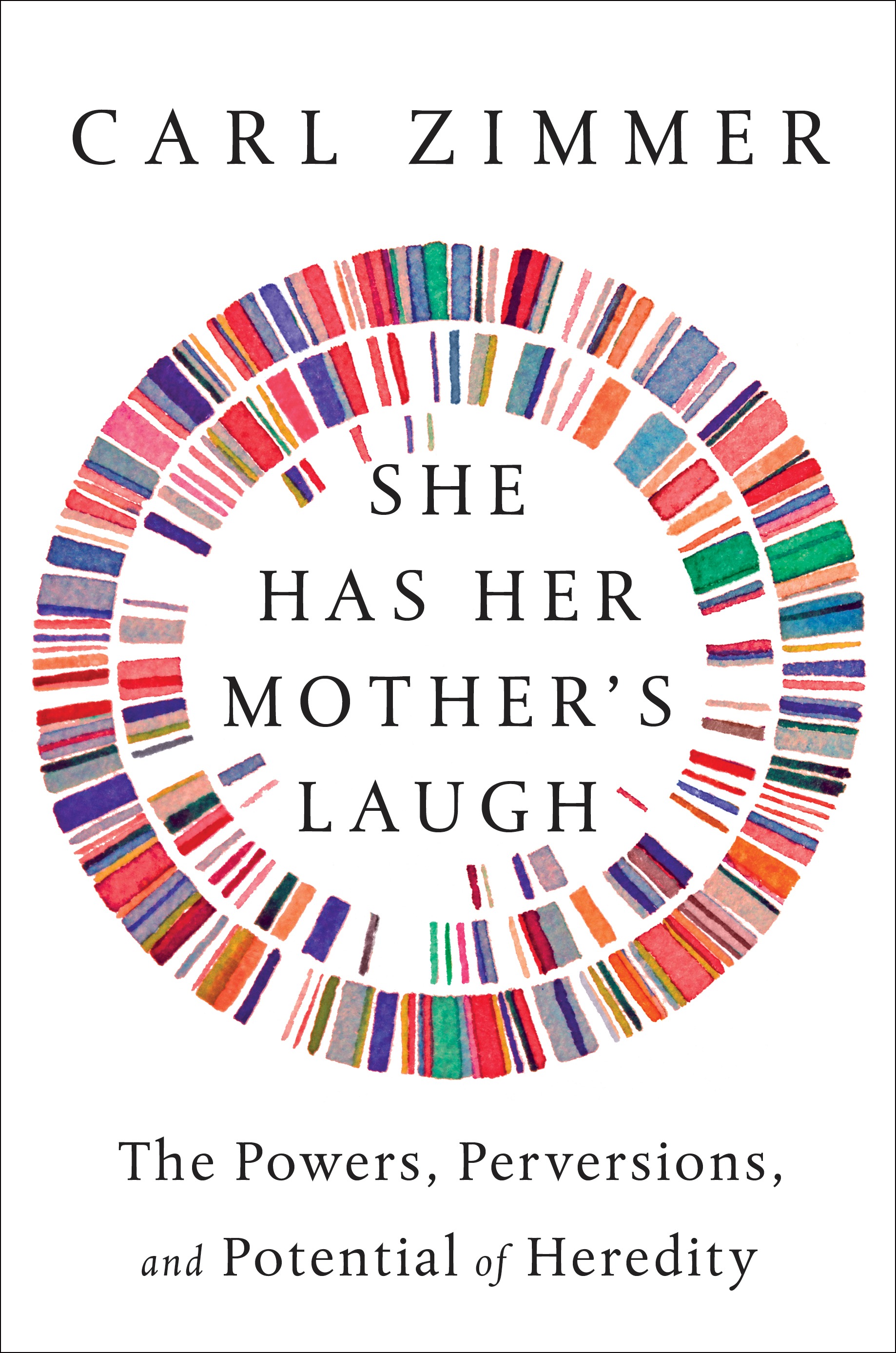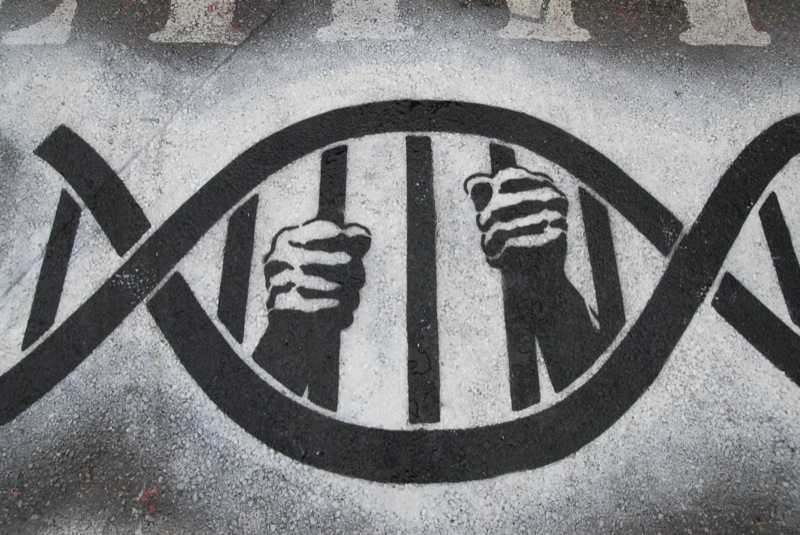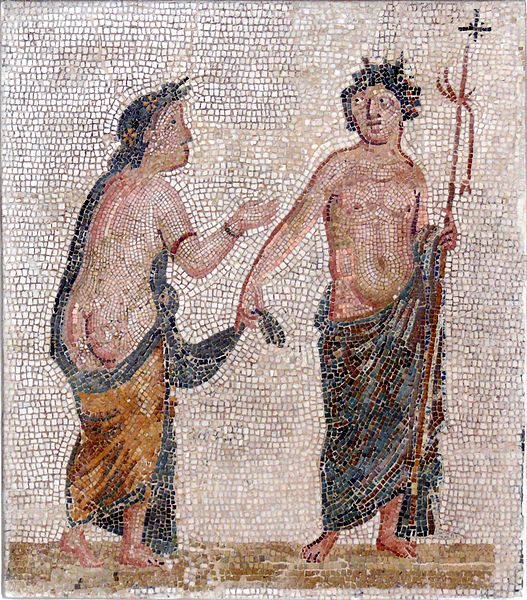Carl Zimmer explores the mysteries and contradictions of genetics
In 'She Has Her Mother's Laugh,' Zimmer reveals the lawlessness of our genes
Personal genetics is an invented industry. It didn’t arise from a need – not everyone needs to spit in a tube and find out there’s a 95 percent chance they’re from where their grandparents are from. This isn’t to dismiss the people for whom finding out anything about their past is rare and valuable, but companies like 23andMe have made genetics a kind of hey-have-you-tried-this thing for people with more money than sense to talk about.

Penguin Random House
Most people have no idea what to do with the kind of information they get back from personal genetics companies. Even for people who could get something useful out of it – like, say, people who carry cancer-causing BRCA1/2 variants – personal genetics only test for three out of potentially thousands of genetic variations, any one of which may or may not actually increase risk of one day, maybe getting cancer.
A breeding ground for hucksters and fraud
Biology as an industry is so confusing and totally misunderstood it’s becoming a breeding ground for hucksters, dodgy living room pipetting circles, and straight-up fraud. Biology is so usefully nebulous that even some geneticists have used it to justify bigotry.

It's not a prison
thierry ehrmann / Flickr
A less careful writer might have produced a book on the nuances of heredity that anyone could quote for their purpose. But thankfully, science writer Carl Zimmer’s She Has Her Mother’s Laugh is thoughtful and measured – almost to a fault, if that’s possible. In it, Zimmer gives both a general history of genetics research, from Aristotle’s idea that sperm mixes with menstrual blood to produce children, to Darwin’s model of “pangenesis” where circulating particles converge in the sperm (classical naturalists were obsessed with sperm), the eugenics movement in America, to modern day research. Thankfully, he doesn’t spend too much time on these things since they’ve been covered in other more narrowly focused books (particularly Adam Cohen’s recent Imbeciles, an excellent book partially about the history of eugenics and sterilization).
Instead, good chunks of the book are spent on Zimmer having his own genome analyzed, both to trace his family's origins and to see what that information could tell him. It's excellent reading, especially if you're unsure of the usefulness of these tests and are thinking of paying for one yourself. Zimmer finds out what genes each of his parents gave him, what his genes say about his susceptibility to cancer, and perhaps whether or not he is dumb.
She Has Her Mother’s Laugh is at its best, though, in the passages on the flaws, convolutions, and mysteries of genetics. It’s easy to imagine the ways heredity can be ironclad (like, say, if a human inherits two broken PAH genes, they will develop phenylketonuria) because it feels natural and like something we all learned in grade school. More interesting and difficult to wrestle with are the seemingly infinite ways that heredity isn’t that cut-and-dry. Laugh is best in these places, like sections on freemartins, anatomically female cattle that are genetically mixed, with some cells XX and some cells XY, because their male twins send male cells through their shared placenta.

"Wait *how* do genetics work?"
Or the section on human women carrying patches of their children’s cells sometimes years after giving birth, becoming genetic mosaics (Zimmer talks about the transfer of genomes from cell to cell or body to body as a kind of "inner" heredity, which I find fascinating). A theme of the whole book is the messiness and lawlessness of biology. Layers separating mother and child (or twins from each other) are porous and frequently crossed. Characteristics of even the simplest organisms are the result of the environment and countless genes all shouting over each other.
Laugh covers similar ground of, and in some cases supersedes, a number of genetics books written in the last few years. The history and basic biology covered in Siddharta Mukherjee’s The Gene is here also, minus the faux-profundity that made that book such a drag. The confusing, maybe-it’s-revolutionary, maybe-it’s-not science in Nessa Carey’s The Epigenetics Revolution is covered with a much steadier, less-excitable hand here. Its wide range and ability to condense huge chunks of information is probably most similar to Bill Bryson's A Short History of Nearly Everything, still one of the best science books ever written.

"You're a mosaic, Archimedes!"
Because so much science writing leans heavily on boring philosophizing about nothing, I relish zippy, funny pop-sci books. She Has Her Mother’s Laugh isn’t zippy or funny (you can practically see Zimmer examine and measure each word before using it), but ultimately it’s a better book for its soberness. It’s not boring, but unhurried and attentive when most attitudes about biology, particularly human genetics, are knee-jerk, raving, and hysterical. It's slow and takes its time, but Zimmer is an amiable guide, smart writer, and a worthy reporter for a confusing subject.

